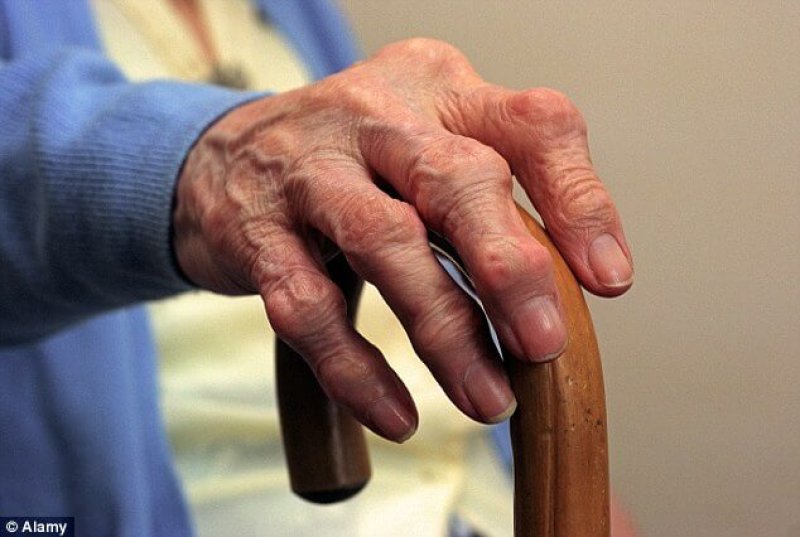Researchers in the US have discovered that a gene mutation which increases the risk of arthritis evolved in the Ice Age to help protect our ancestors from frostbite.
Around half of Europeans carry a variant of the GDF5 gene which nearly doubles the chance of developing painful joints, and also knocks around 1cm off height.
Although it may seem like an evolutionary disadvantage to be shorter and less mobile, in fact, it helped early humans to ward off the freezing temperatures of the north as they ventured out of Africa for the first time around 50,000 years ago.
Being short and stocky not only helped our ancestors withstand the bitter cold but also reduced the risk of life-threatening bone fractures when slipping on icy surfaces.
And because arthritis usually appears after reproductive age, it would not have proved detrimental to starting a family, so the mutation was passed on.
…
In the new study they looked at the genomes of people from across the world who had submitted their DNA for the 1,000 Genomes project and noticed that the gene variant and its bone-limiting switch were far more common in European populations. In contrast the gene variant is extremely rare in African populations.
…
“It’s clear that the genetic machinery around a gene can have a dramatic impact on how it works,” said Dr Terence Capellini, associate professor of human evolutionary biology at Harvard University.
[The original study can be found here]The GLP aggregated and excerpted this blog/article to reflect the diversity of news, opinion, and analysis. Read full, original post: Arthritis is the price for our ancestors surviving the Ice Age, say scientists































